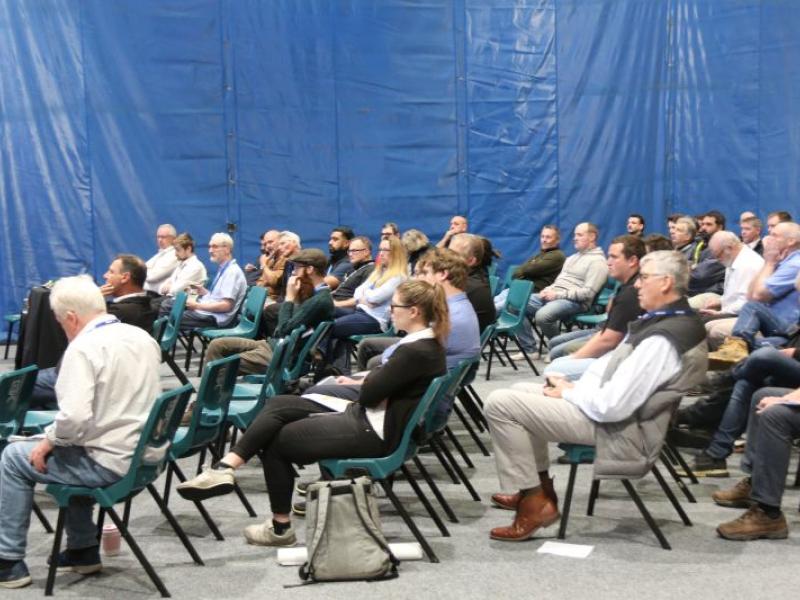The Evolution of the Maintenance Function
Industrial maintenance has advanced considerably over the last two decades. Twenty years ago, the predominant maintenance strategy involved reactive maintenance—waiting for a piece of equipment, sometimes referred to as a plant physical asset, to break, and then fixing it as quickly as possible. Results improved as maintenance engineers developed more sophisticated preventive strategies, analysing equipment to determine the normal time-to-failure and scheduling maintenance to prevent failures before they occurred. More recently, complex predictive maintenance strategies have been developed, which involve directly measuring equipment conditions, such as vibration or casing temperature, to forecast the probability of failure and then scheduling maintenance procedures to fix the problem before it happens.
Today, most industrial operations utilise all three strategies. As methodologies became more advanced, industrial maintenance communities evolved the name associated with the maintenance function. Traditional maintenance management shifted to asset management then to asset performance management, with each new name intended to indicate the increased sophistication. Although this naming evolution might seem appropriate for indicating increasing levels of complexity, the focus on asset performance management might be both too narrow and too broad when analysing how to make industrial assets perform better: too broad because the performance of industrial assets involves more than just maintenance strategies, and too narrow because optimal performance of industrial assets should include both transactional management and real-time control aspects. The primary objective of industrial companies is to safely maximize profit from production, and this requires a two-tier model, encompassing both asset performance management and asset control. When combined with real-time information gathering, reported in appropriate units, this approach creates a balance between the need to maximize reliability and efficiency goals with safety constraints. The performance of industrial assets is a function of both asset maintenance and asset operation. In most plants, maintaining the asset and operating the asset are performed by completely different teams, with completely different—and often conflicting—performance measurements. The maintenance team is typically measured on the reliability of the asset, while the operations team is often measured on the production throughput, or efficiency, of the asset. The problem is that reliability and efficiency tend to be inverse functions; that is, improving reliability typically involves reducing production throughput, and improving production throughput typically means reducing reliability.
Real-Time Control and Revenue: Igniting the Profit Engine
Industrial plants are comprised of a hierarchy of assets and asset sets, from single pieces of equipment, all the way up to the plants comprised of them, and finally to enterprises. Therefore, maximising the performance of industrial operations can be accomplished by maximising the performance of the assets and asset sets.
Discover how IoT is a game changer in asset performance: www.se.com/nz/whitepaper
Schneider Electric NZ
Phone: 0800 652 999
Web: se.com/nz/whitepaper
customercare.nz@schneider-electric.com






